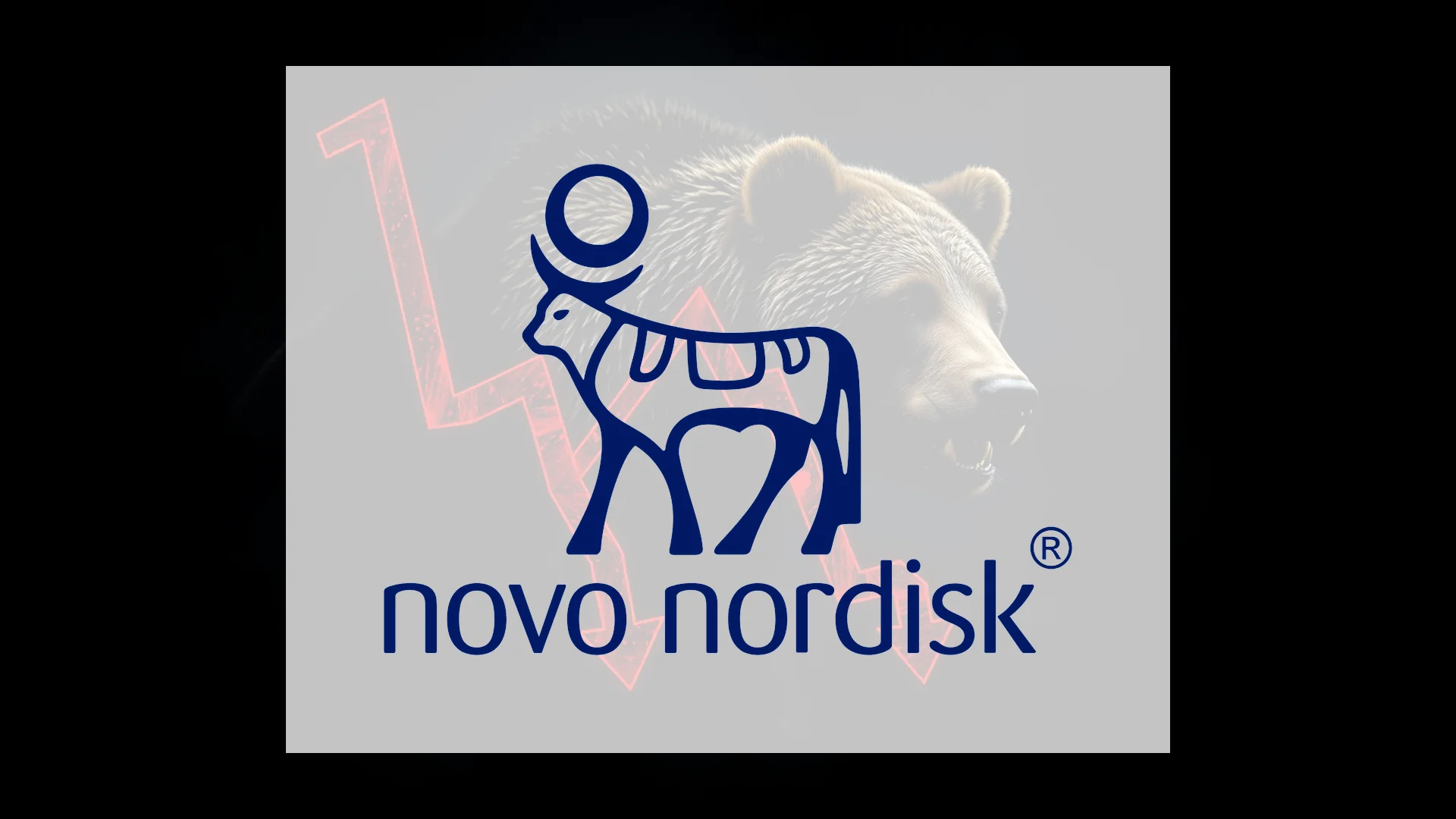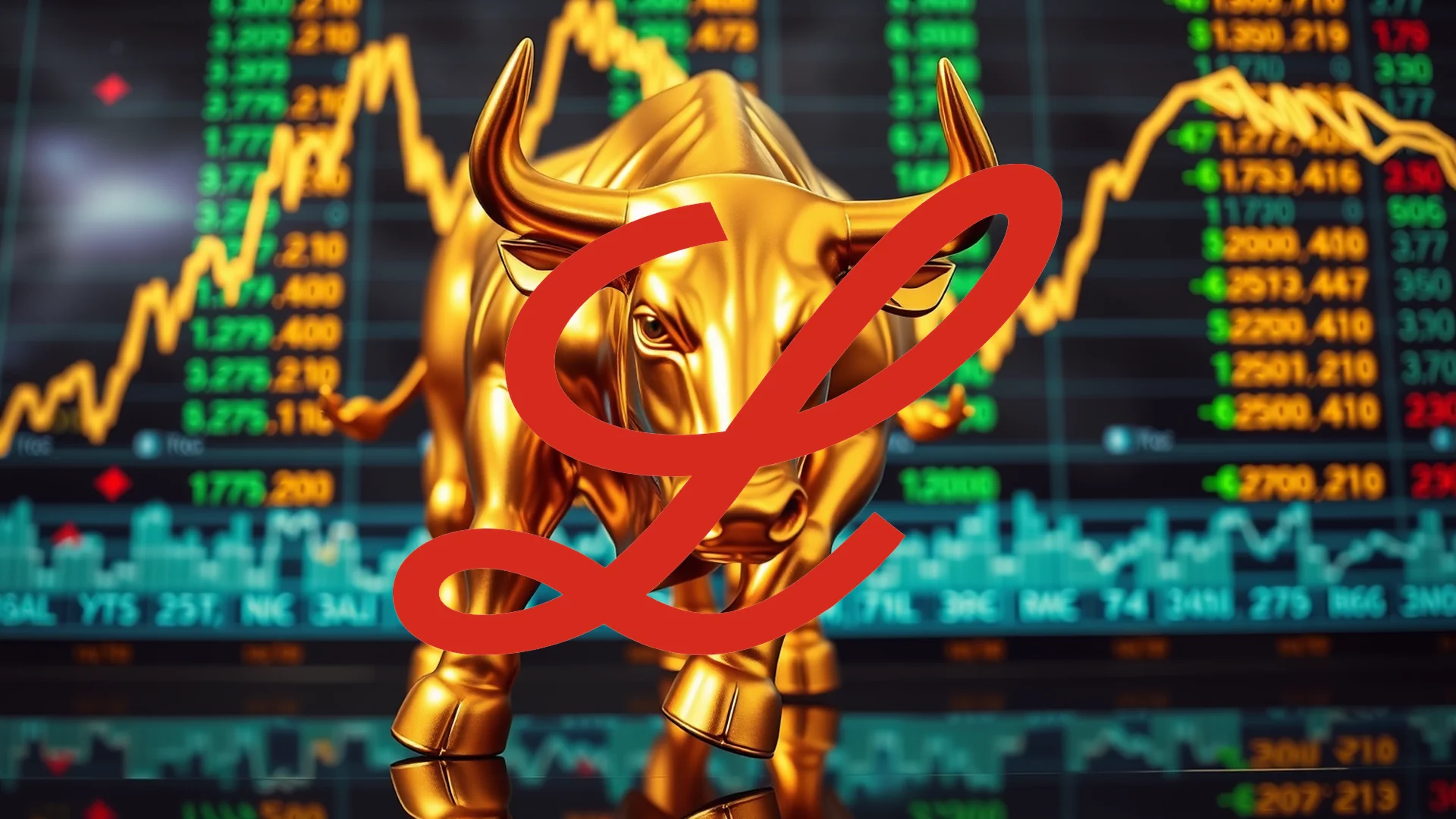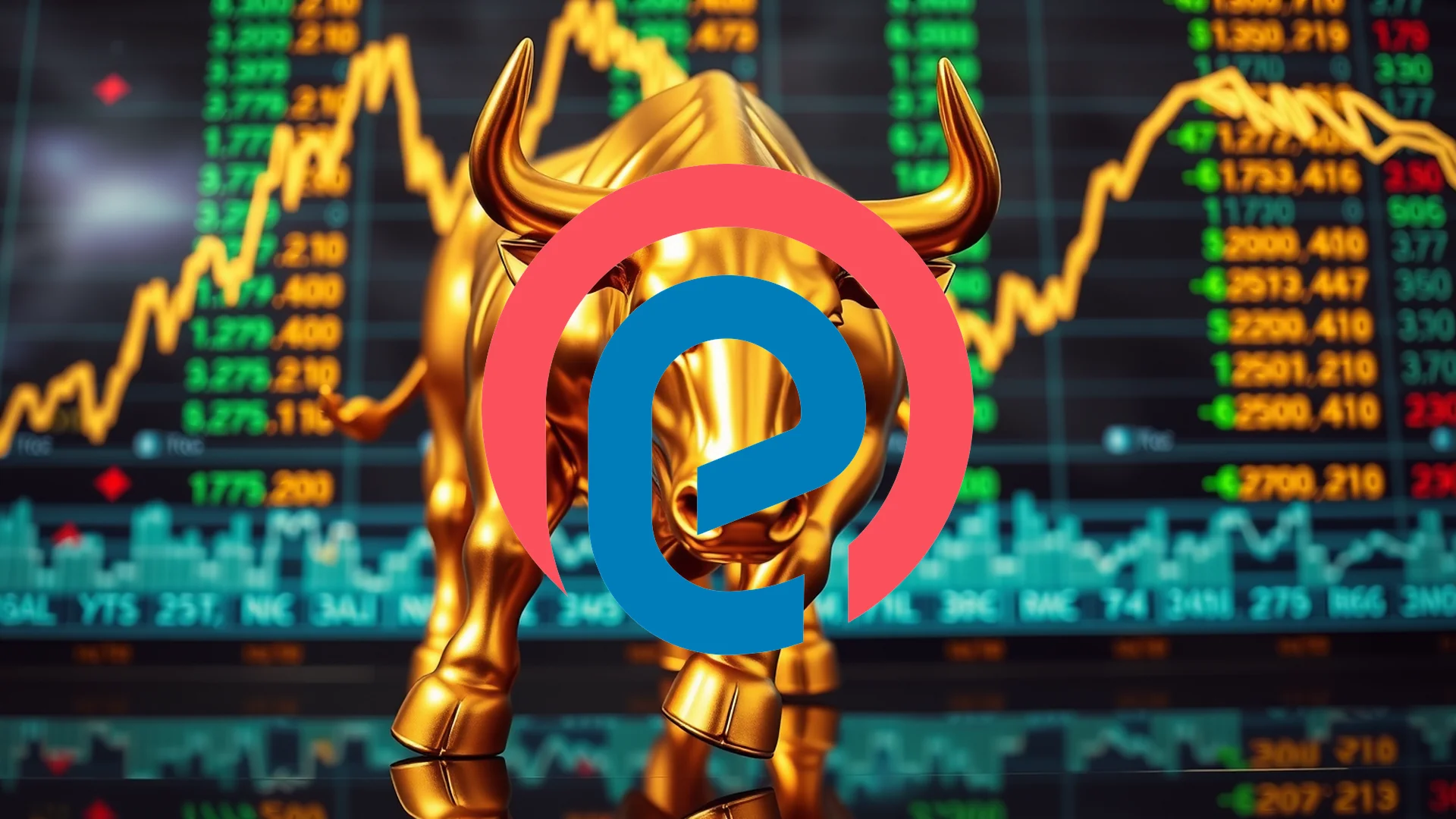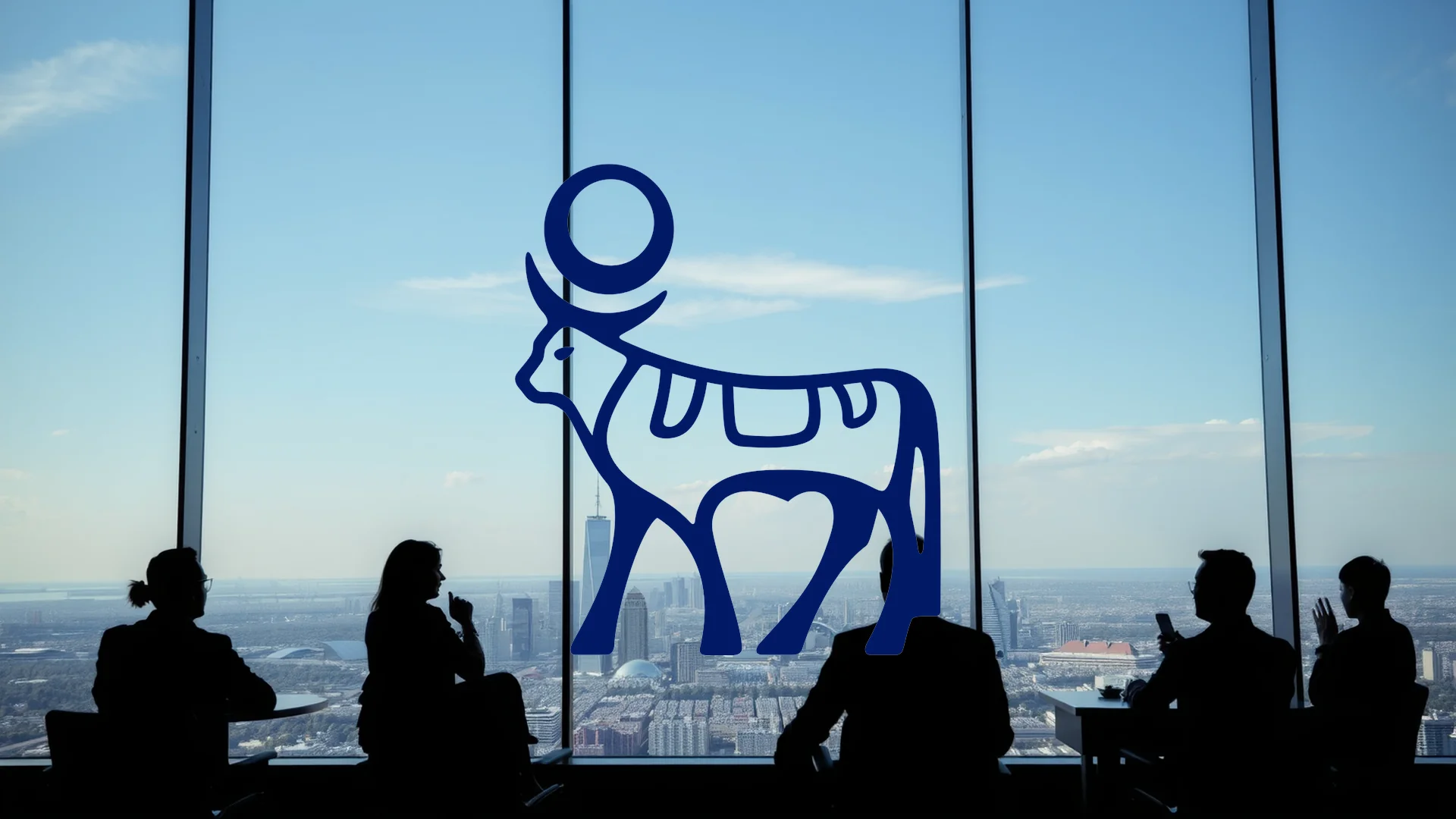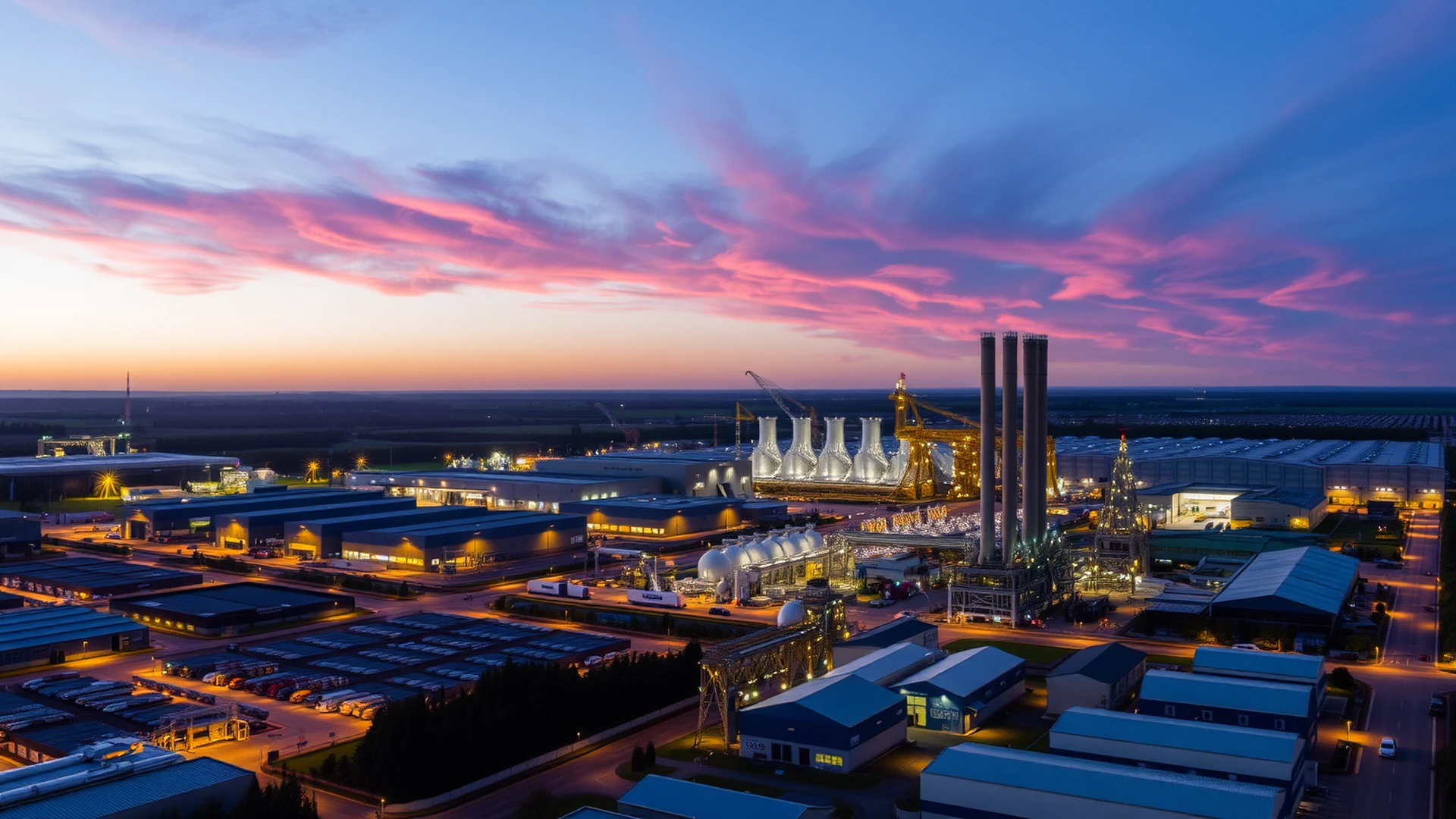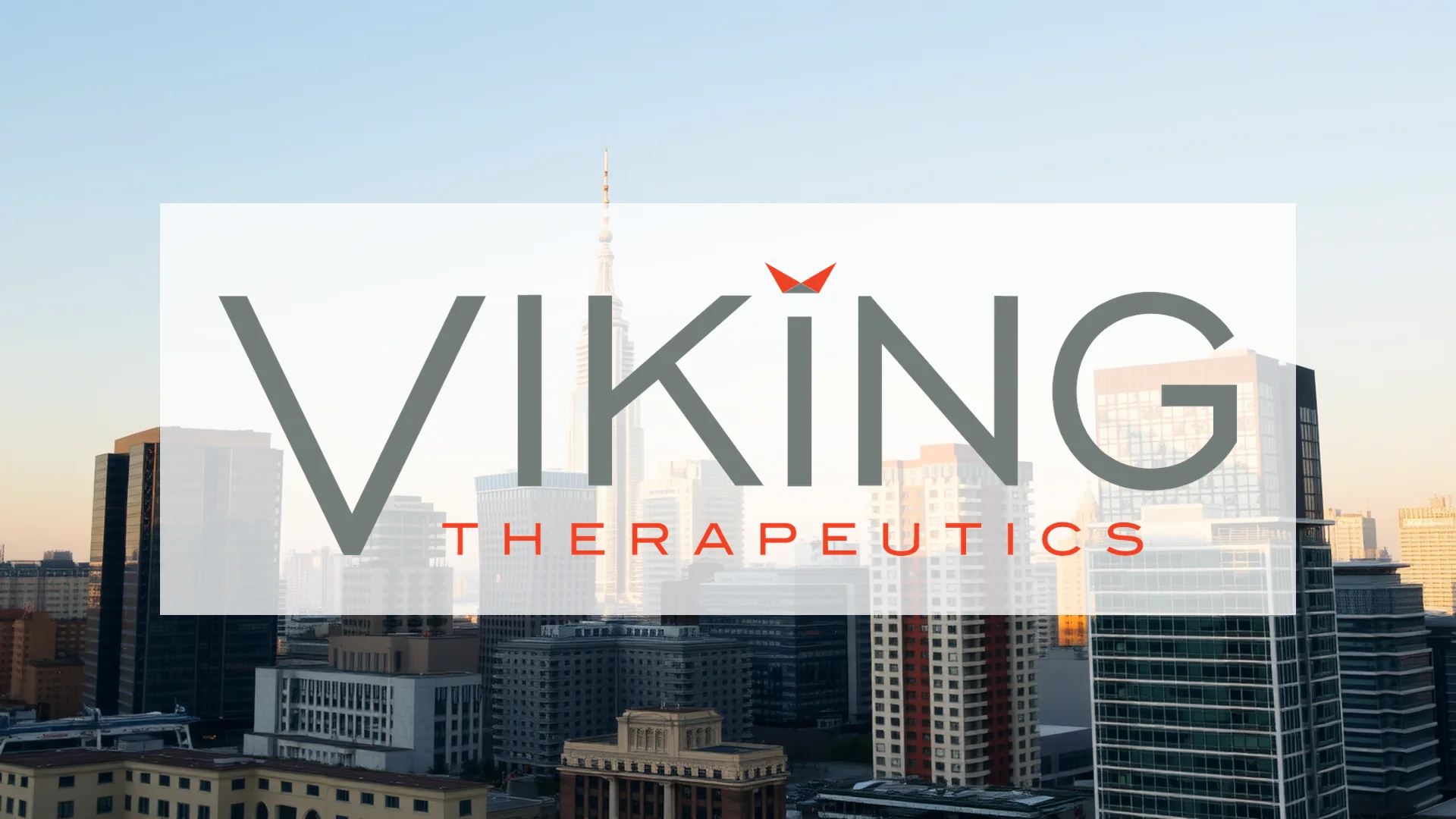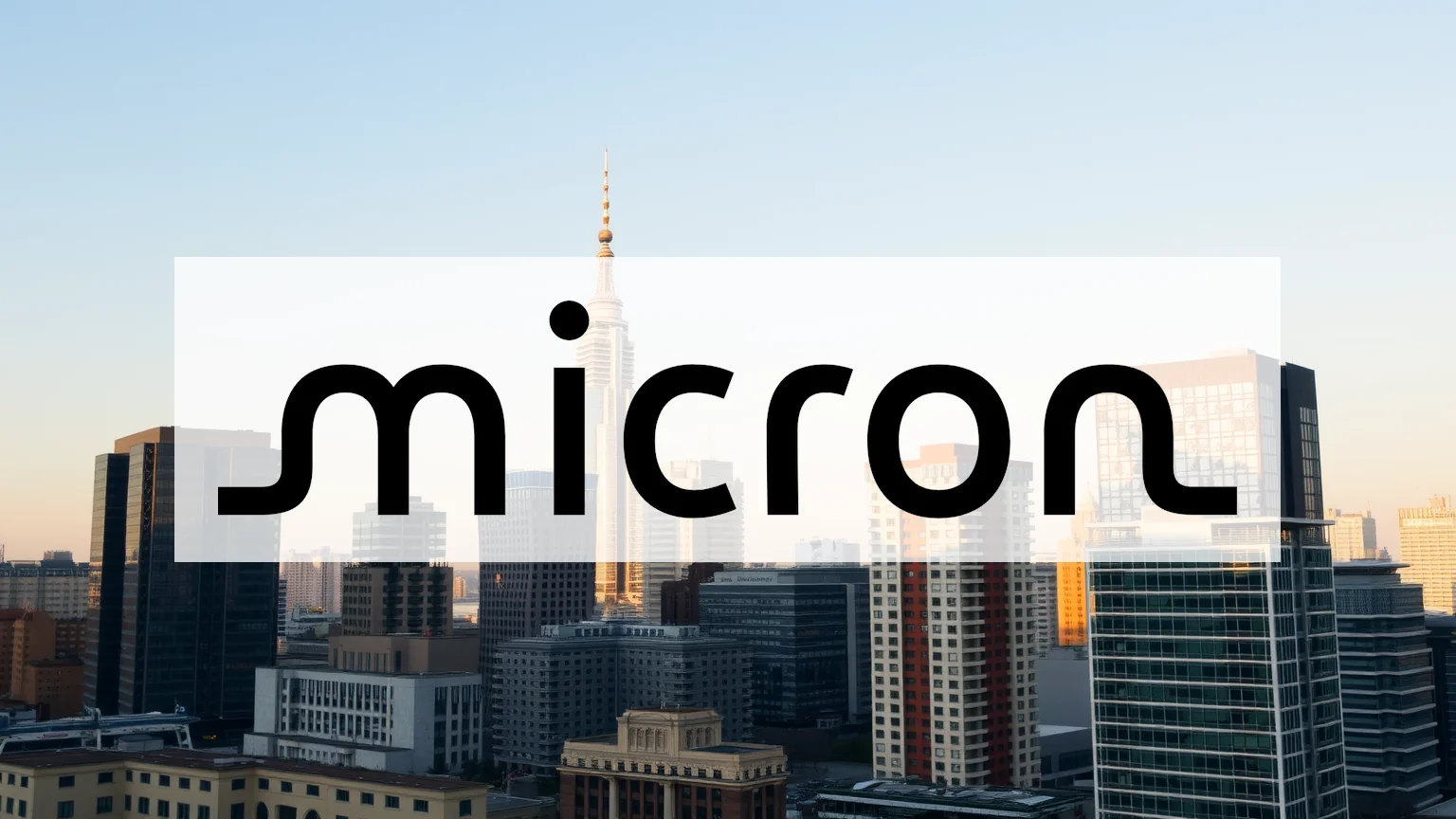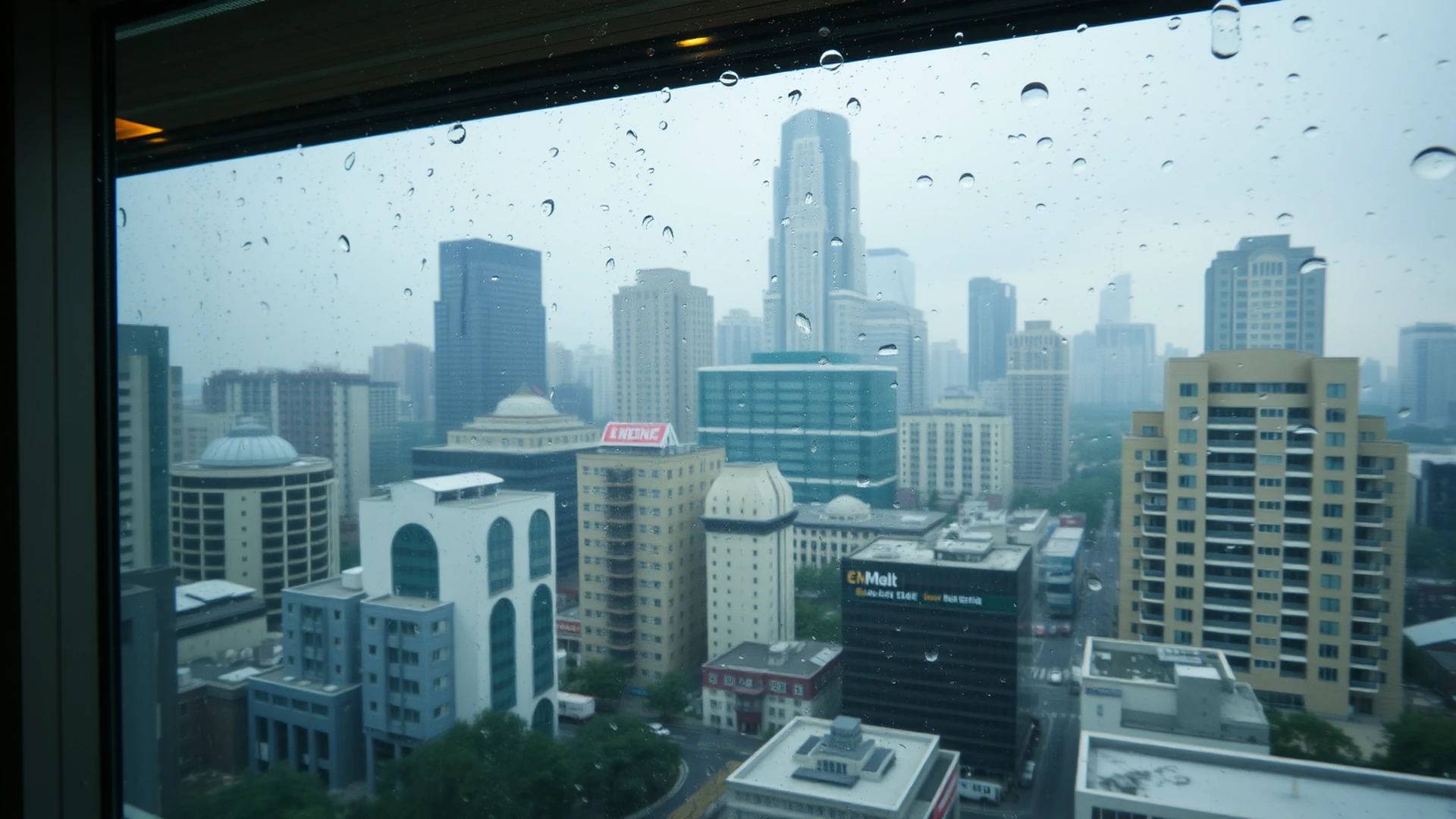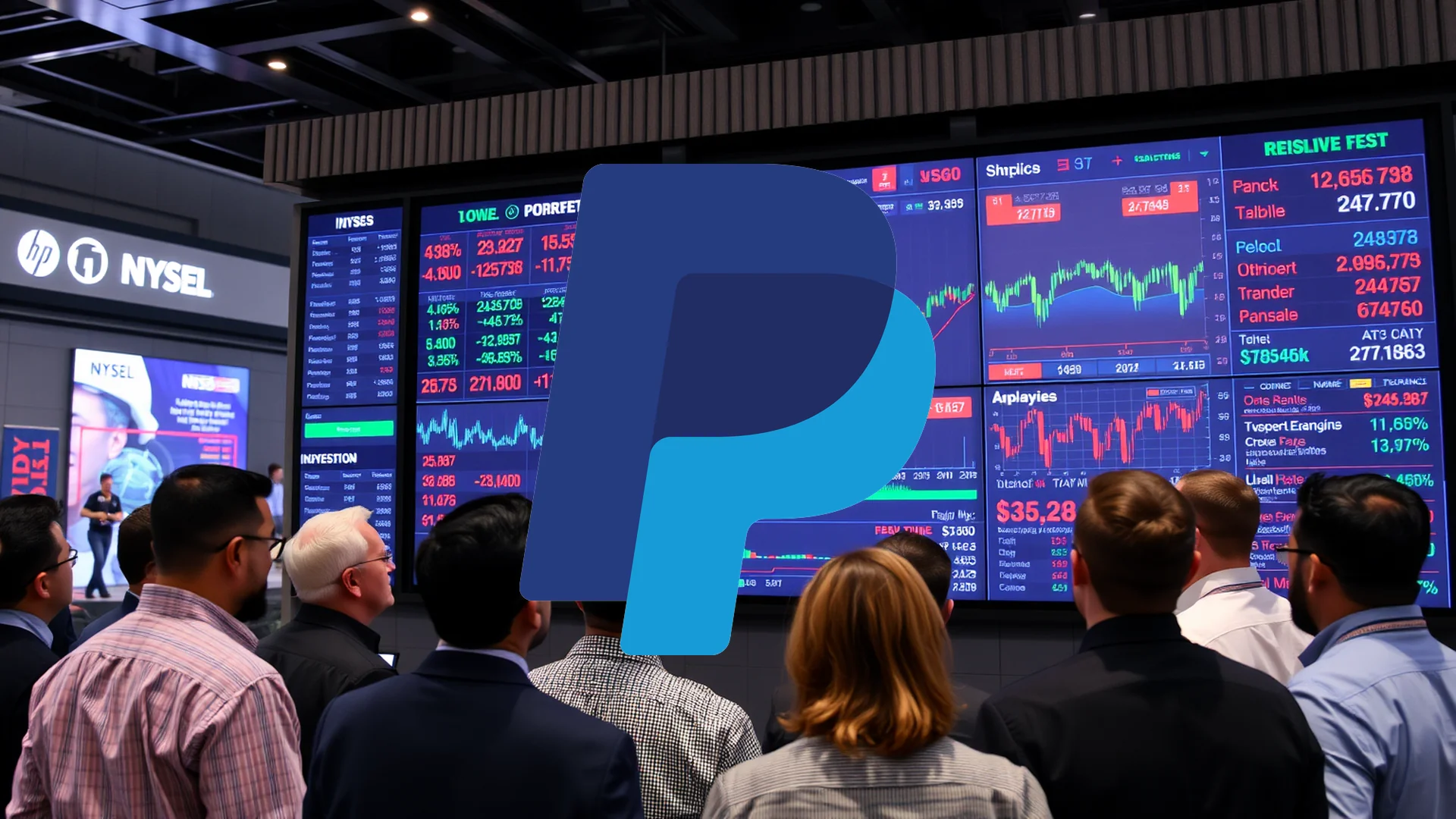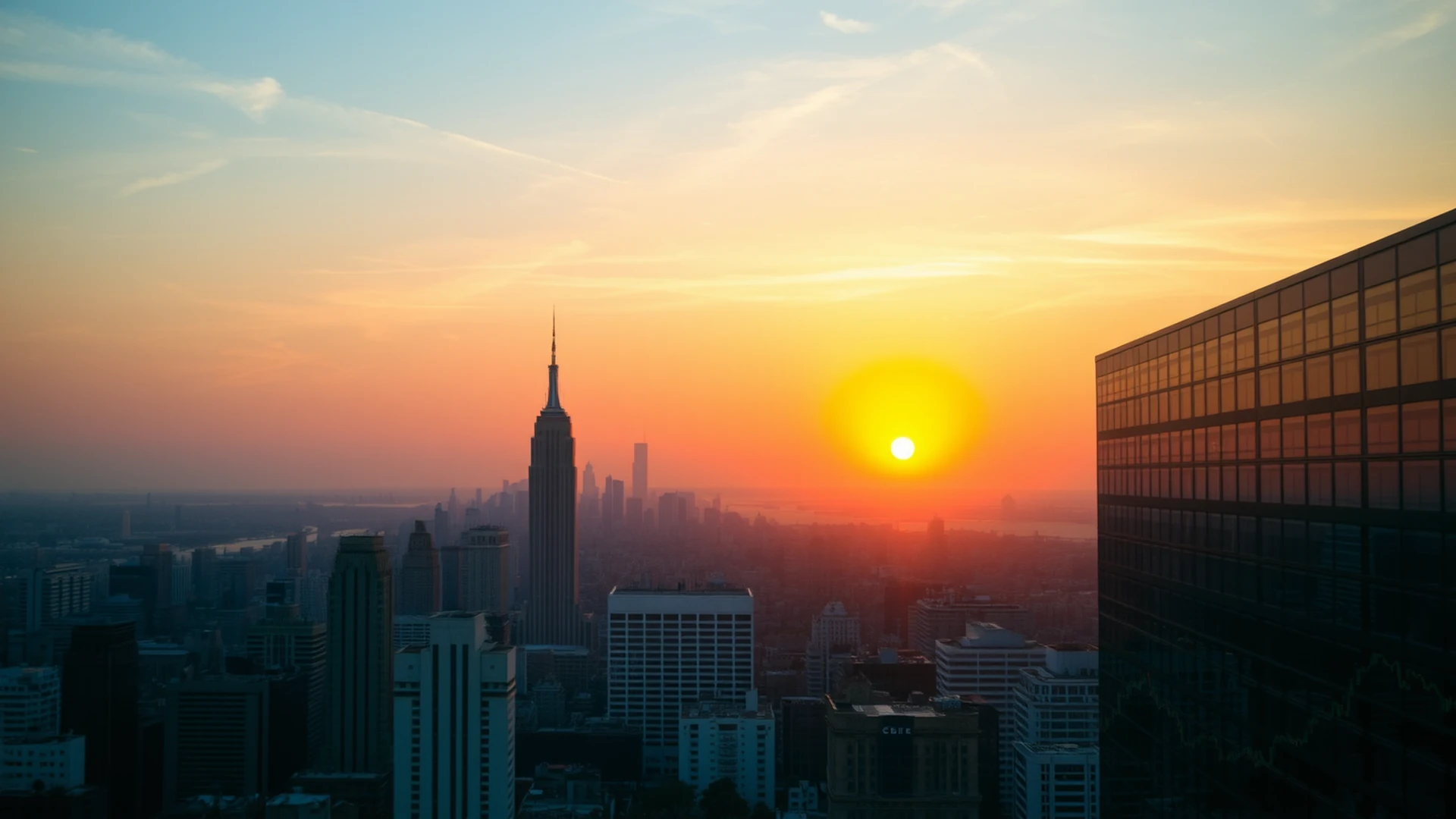Novo Nordisk finds itself navigating one of its most challenging periods, as the Danish pharmaceutical giant contends with a rapidly escalating situation. A significant legal defeat and a severe regulatory sanction from the U.S. Food and Drug Administration (FDA) have converged, creating a perfect storm for the maker of Ozempic. As CEO Mike Doustdar implements aggressive countermeasures, the flow of negative developments continues, raising questions about the company’s ability to arrest its downward trajectory.
Legal Setback Compounds Regulatory Pressure
Adding to the regulatory turmoil, Novo Nordisk has suffered a substantial legal defeat. A U.S. appeals court rejected the company’s lawsuit challenging Medicare’s price negotiation program. This ruling represents another failed attempt by the pharmaceutical sector to overturn government-imposed price controls. The decision aligns with a growing trend of judicial outcomes unfavorable to the industry, signaling a shifting political climate increasingly resistant to high drug prices.
FDA Imposes Strictest Sanction on Key Facility
The U.S. FDA has assigned its most serious compliance classification, “Official Action Indicated” (OAI), to a Novo Nordisk production plant in Indiana. This designation signifies that the facility is operating in an unacceptable state of regulatory compliance. The situation is particularly acute because the site was only recently acquired in 2024 as part of the $16.5 billion Catalent purchase. Rather than proving a strategic advantage, the acquisition has revealed profound operational deficiencies.
The Indiana plant has been grappling with serious contamination issues since 2022, including:
* Presence of cat hair in medication containers
* Bacterial impurities
* Pest infestations within production areas
* Failure to perform adequate root-cause analysis for quality defects
Should investors sell immediately? Or is it worth buying Novo Nordisk?
Cost-Cutting Measures Intensify Amidst Crisis
In response to the mounting challenges, CEO Mike Doustdar is deepening his cost-reduction strategy. Following the recent shuttering of a cell therapy division that resulted in 250 job losses, the company is now implementing further cutbacks across its U.S. manufacturing operations. These austerity measures are also impacting diabetes research—a core segment of Novo Nordisk’s business.
The problems at the Indiana facility are creating a ripple effect, adversely affecting partners like Regeneron and Scholar Rock. Their drug approval timelines now face potential delays due to possible FDA hold-ups linked to the plant’s compliance status. This creates a vicious cycle that is eroding Novo Nordisk’s reputation as a reliable manufacturing partner.
Analyst Outlook Presents a Mixed Picture
Despite the operational chaos, the investment bank BMO Capital has taken a somewhat optimistic stance, raising its price target for Novo Nordisk shares from $50 to $55. The bank’s analysts project quarterly revenue of 78.7 billion Danish kroner, which exceeds the consensus estimate of 77.4 billion kroner.
However, this positive tone cannot obscure underlying concerns. BMO anticipates earnings per share will reach only 4.37 kroner, a figure that falls notably short of the consensus forecast of 5.04 kroner. This discrepancy underscores the significant operational headwinds the company is currently facing.
Ad
Novo Nordisk Stock: Buy or Sell?! New Novo Nordisk Analysis from November 30 delivers the answer:
The latest Novo Nordisk figures speak for themselves: Urgent action needed for Novo Nordisk investors. Is it worth buying or should you sell? Find out what to do now in the current free analysis from November 30.
Novo Nordisk: Buy or sell? Read more here...

